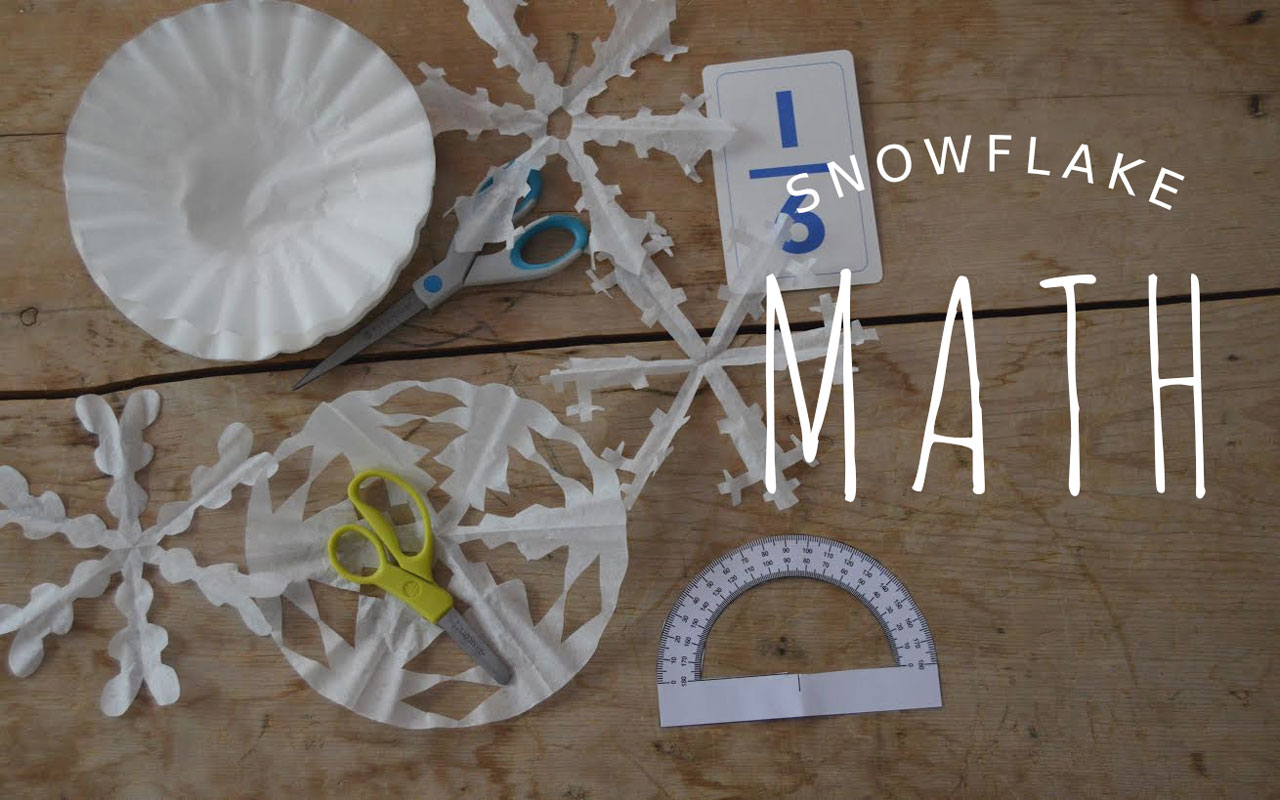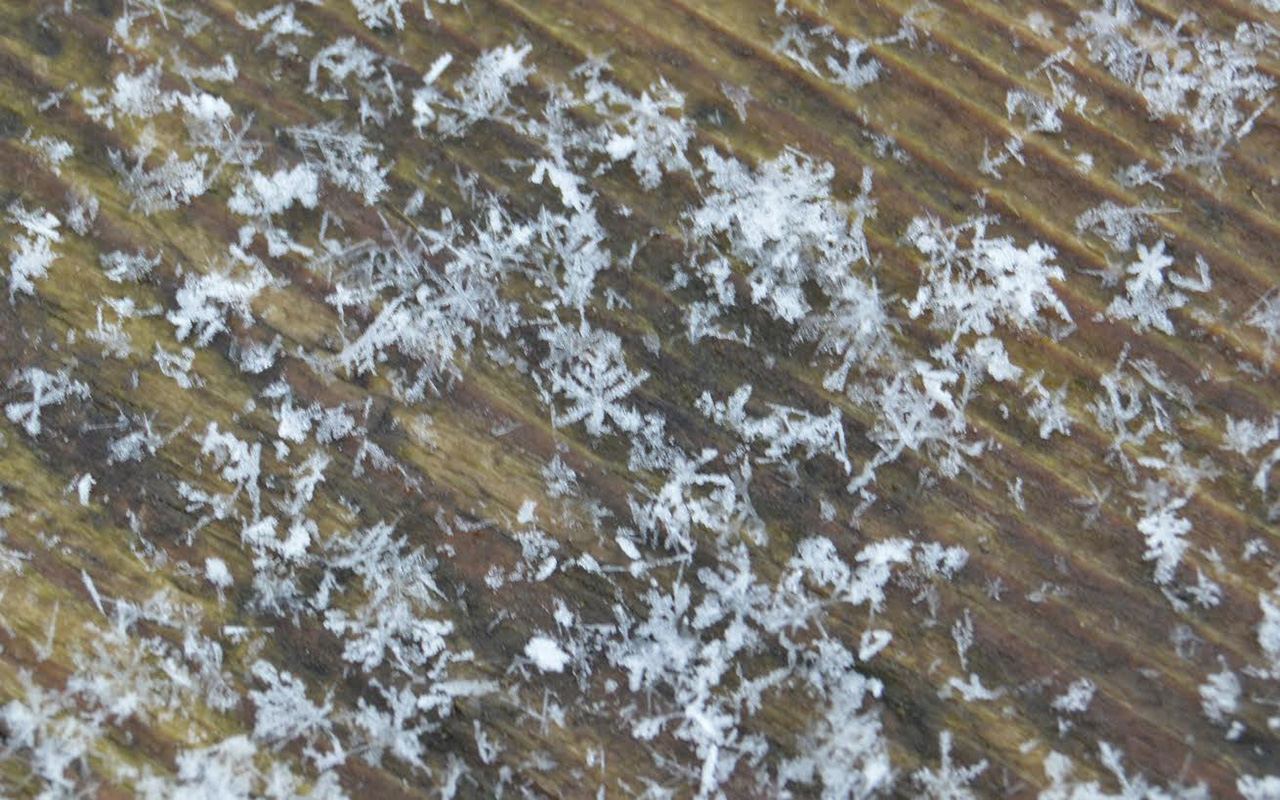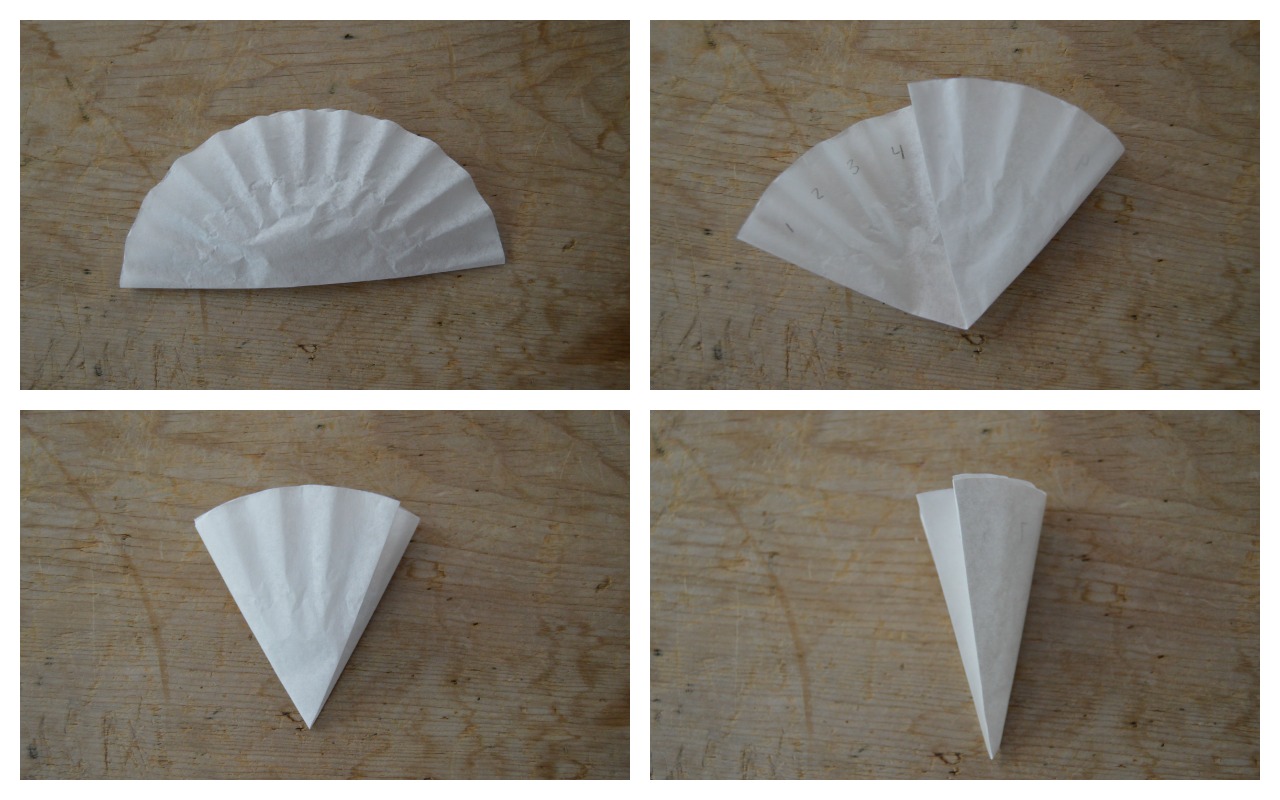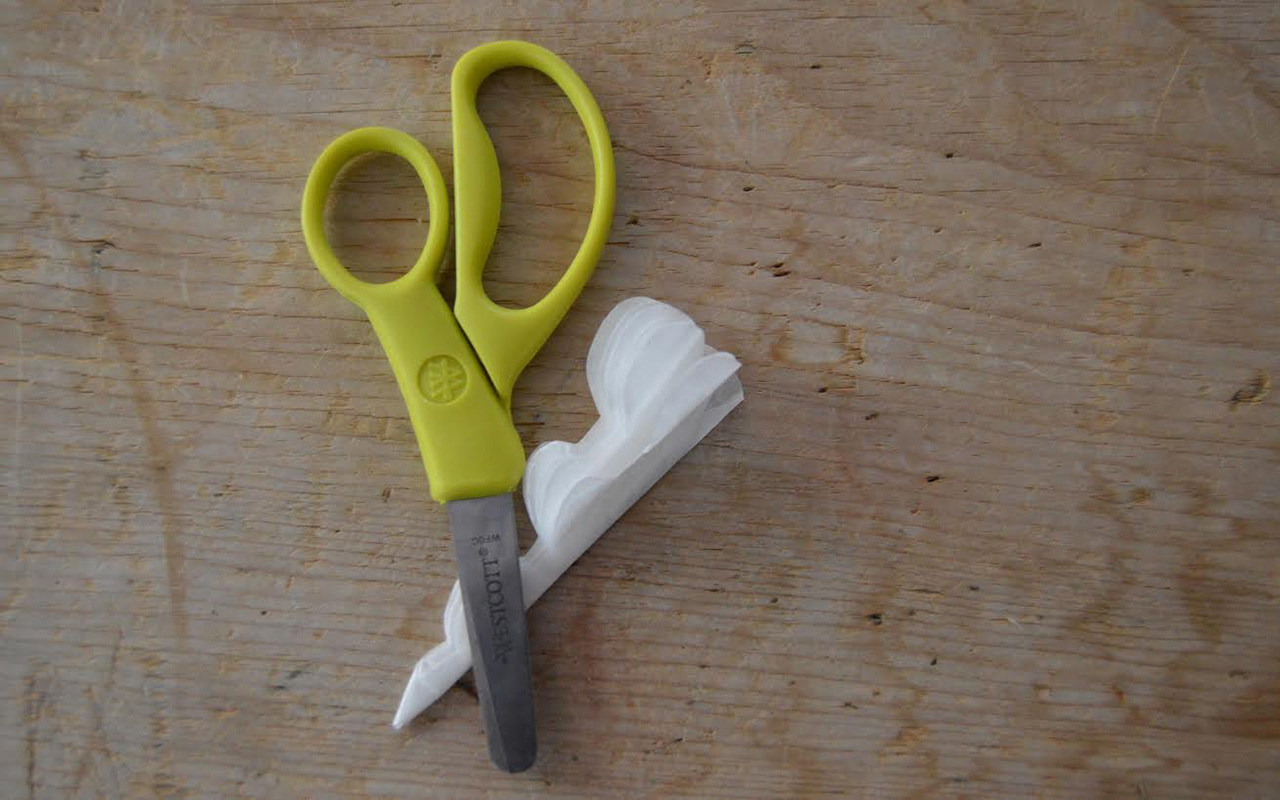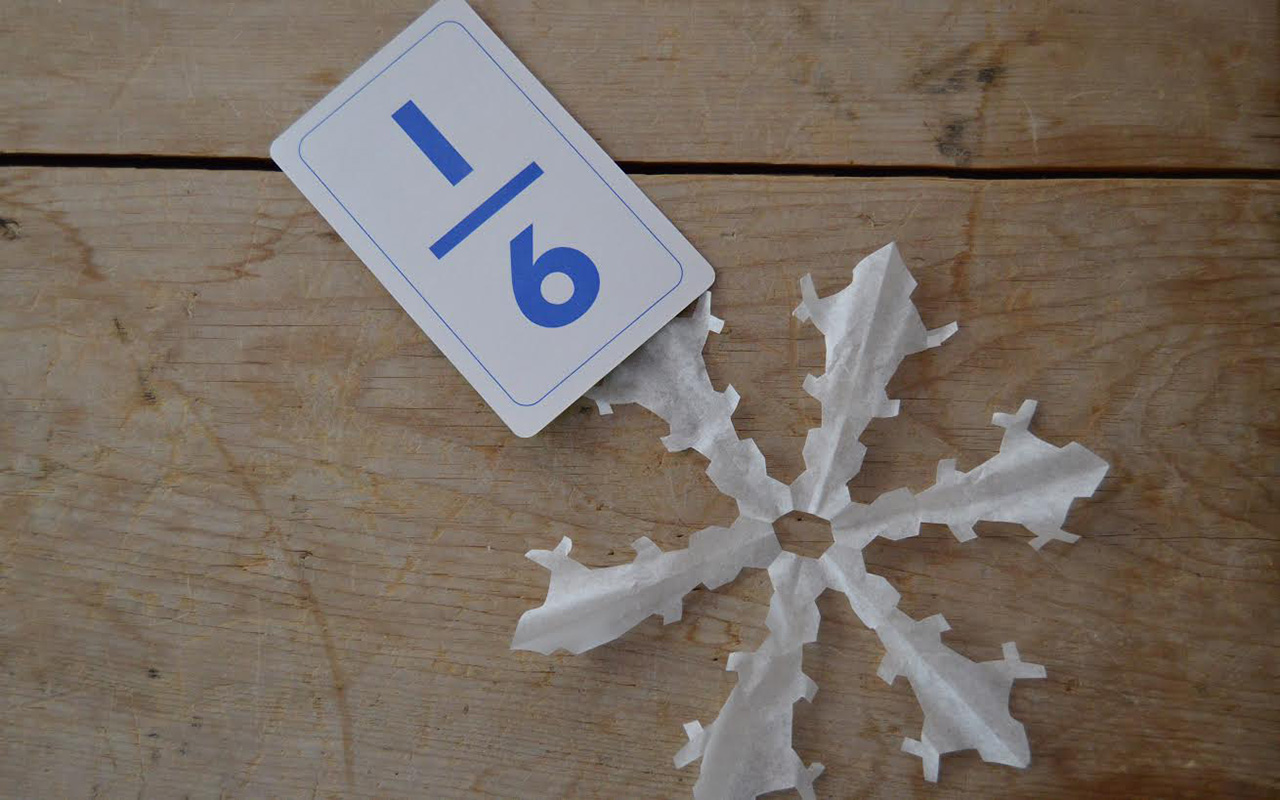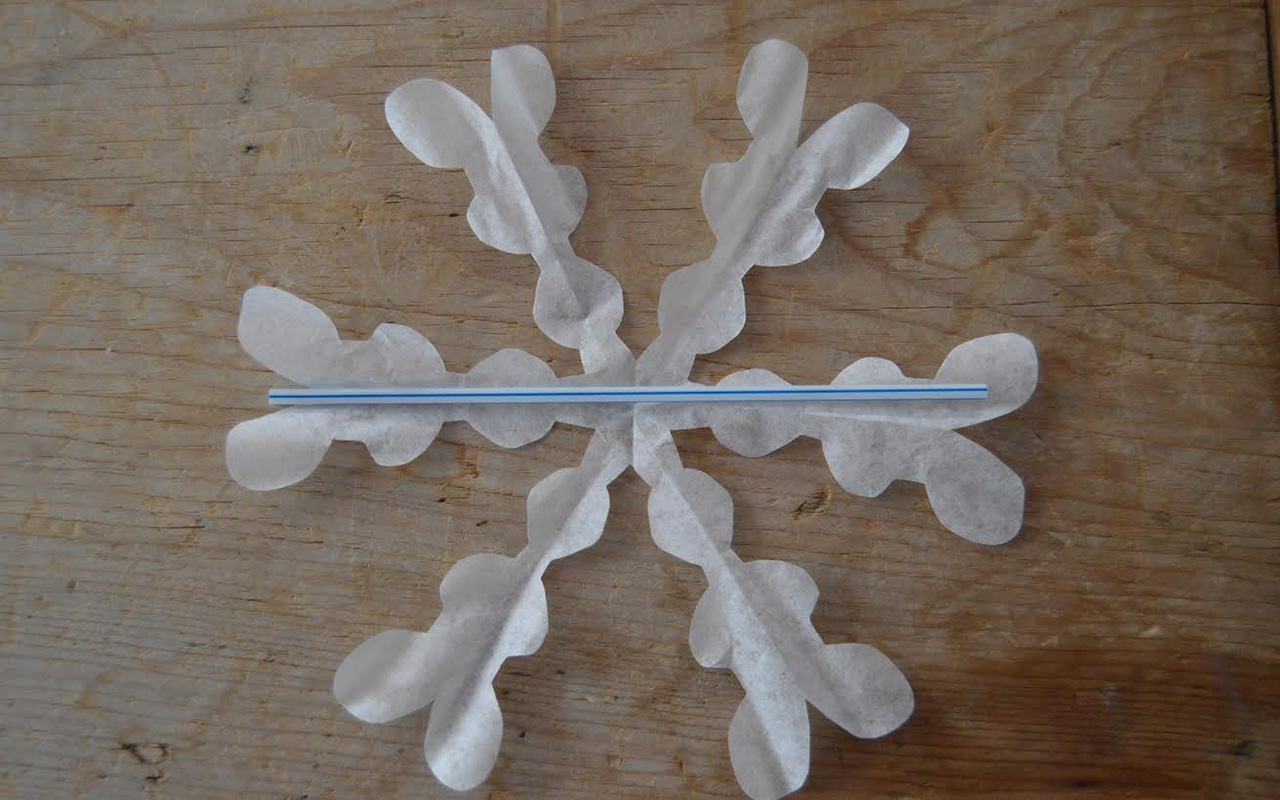Snowflake Math
Anytime learning can be rooted in the world around them children thrive. This is true for mathematics-based explorations, just as it is for science and history. Right now snow, lots and lots of snow, surrounds my children.
There are many activities that can be done with snowflakes that enhance children’s mathematical understandings.
First, if you can, observe snowflakes outside; watch them fall, catch them on a gloved hand, or on black paper, and observe them with a magnifying glass or a camera zoom. With older children you can try a snowflake fossil technique. If the weather is not cooperating with you look at snowflake books or pictures of snowflakes. When observing the snowflakes ask your children questions such as, “How many sides does your snowflake have?” “Do all of the snowflakes we see have the same number of sides?” “It’s said that no two snowflakes are exactly alike, but can you find any that are similar?”
Next make paper snowflakes, there are many methods for making paper snowflakes, but one of the simplest methods starts with round paper coffee filters and a pair of scissors, appropriately sized for your child. First have your child fold the filter in half. Then count the “valleys” in the filter. Our coffee filter halves had 12 valleys. We knew we wanted to fold this piece into thirds so we divided 12 by 3, arriving at 4. This told us we needed to have each section have 4 “valleys”. Now fold the half-moon filter into 3rds, using these “valleys” as a guide. Finally fold the filter one last time. You have essentially folded the coffee filter into 12 pieces, but after cutting you will be left with a six-sided snowflake.
If you are folding snowflakes with older students now might be the time to take out a protractor.
Instead of counting the “valleys” in the filter and using a division problem to decide where to fold you could instead try to figure out the angles you will need to create. Present questions such as, “If the paper snowflake is a circle and therefore 360 degrees, how many degrees will the angle be when we divide the circle into sixths?” “Into twelfths?”
Now cut out your design making sure not to cut all the way through the folded edge.
Snowflakes also lend themselves to discussions of fractions. When you observe snowflakes in their natural setting it is very rare to find some that is completely intact. They have taken quite a ride to get to the ground and often have broken branches. You can observe what fractions of the branches are broken.
Symmetry is another mathematical concept that can be reviewed when observing snowflakes. Leaving aside the damage that can happen to a snowflake while it falls, snowflakes form in a symmetrical manner. Each snowflake starts as a hexagonal prism and since each arm of the flake forms under the same weather conditions each branch will be identical. After creating their paper snowflakes children can find the lines of symmetry by reviewing their folds, or using a straight edge, or pencil, to mark them.
Math really is all around us, especially in those little flakes currently falling outside my house!
